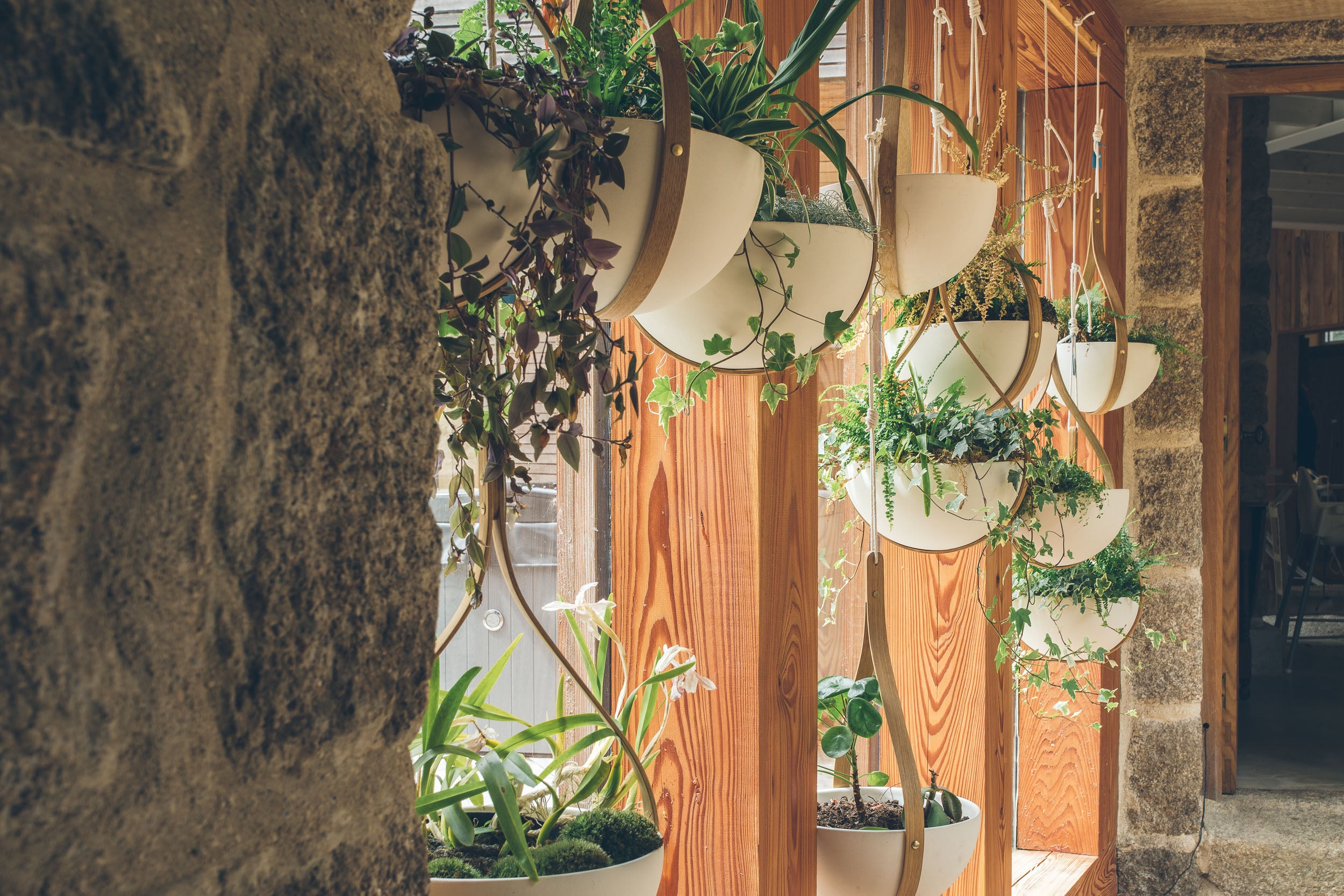Introducing Japandi

Here at Tom Raffield we’ve always admired Scandinavian design. Many of our steam bent pieces are inspired by Scandinavian design principles - which marry sleek minimalist interiors with functional, clever innovations. So when we discovered the emerging ‘Japandi’ design trend, we couldn't wait to find out more...

So what is Japandi?
A hybrid of the words ‘Japanese’ and ‘Scandinavian’, Japandi is essentially that: a marriage of two design philosophies from different sides of the globe. With emphasis on the themes of minimalism, functionality and simplicity that are found in both Nordic and Japanese design, Japandi takes the best of both aesthetics to create something sleek, stylish and modern. Add the love of nature, greenery and craftsmanship that are central to Japandi design and it's clear there is a strong synergy with our signature style!


Minimalism & Functionality
One of the key ideas behind Japandi design, and one of the strongest links between Japanese and Scandinavian philosophy, is minimalism. This is about creating a clean, calm environment which is enjoyable to live in.
How to achieve the look at home:
Select neutral tones and don’t overcrowd your interior or use designs that compete against each other for attention. Investing in a small number of high quality furniture and lighting pieces is crucial to achieving the Japandi aesthetic. Remember that less is more... it may be tempting to purchase 'fast-fashion' items that are on sale but purchasing pieces you know you'll love for years to come, is key.
Top tip: If a total interior overhaul sounds like too big a task, a simple tidy up or de-clutter can help set you on your way to creating your minimalist paradise!

Neutral colours
If you’re someone who likes a kaleidoscope of colour in every room, look away now! Japandi embraces neutral tones, often using natural materials like dark woods. Think soft, earthy and muted. These neutral tones are used to create contrasts throughout an interior, which is central to the Japandi philosophy.
How to achieve the look at home:
A neutral backdrop is essential and can be recreated easily at home. It's not all about bright, brilliant white paint either. Opting for off-whites such as ecru, egg shell or pale greys will soften your space and bring a feeling of tranquility. Tonal, muted coloured walls become the backdrop for minimal, cosy furnishings to take centre stage.
Top tip: Introducing small highlights of colour and layering tones that fall within the same colour-family are easy ways of adding excitement to a sleek, neutral colour palette. Using smaller accessories such as cushions and candles is a great way to do this. Or, invest in a piece of artwork to bring a touch of vibrancy to your home - abstract art and line drawings work particularly well in the Japandi trend.


Let nature in
At Tom Raffield we’re passionate about bringing nature indoors and using sustainably sourced, natural materials like oak, ash and walnut wood. Japanese culture has always focused on houseplants being a big interior feature (such as Bonsai trees), while Scandinavian design is famed for using lots of natural materials such as wood and wool.
How to achieve the look at home:
Our steam bent lighting and furniture collections are handcrafted from sustainably sourced timber and make the perfect companions to any Japandi interior. With minimalist designs that focus on allowing the quality of materials and natural beauty to take the lead focus, our innovative ranges lend themselves especially well to nature-inspired settings. Our Green Range Planters are handcrafted and shaped by steam, making them the perfect place to keep houseplants.
Top tip: Houseplants not only add a splash of colour to your interior, but have proven health benefits, boosting your mood and providing clean air to breathe.



Posted: 11.10.19
Updated: 08.11.24